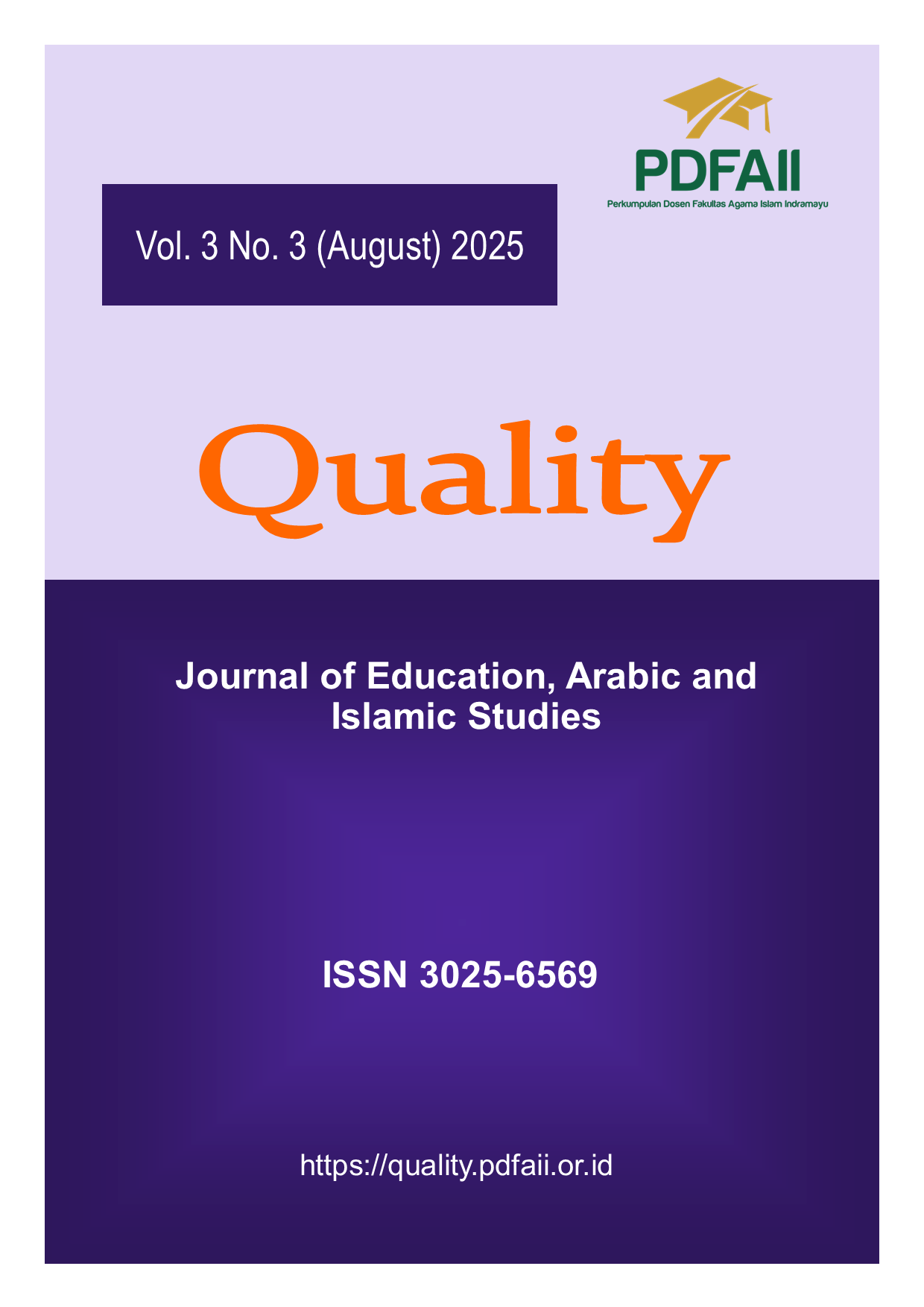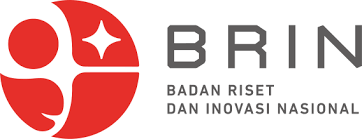Development of the Islamic Religious Education Curriculum to Improve the Quality of Islamic Religious Education Learning at SDN Pawidean 3
DOI:
https://doi.org/10.58355/qwt.v3i3.99Keywords:
Development, Curriculum, Islamic Religious Education, LearningAbstract
Planned education aims to create a learning environment where students actively develop their religious spirit, character, intelligence, and noble morals. Education plays a crucial role in developing students' character, a distinction slightly different from the character education children receive at home. School education embraces the concept that the teacher is the most influential figure in education, and their role is not only to impart knowledge but also to shape students' character. Therefore, the primary objective of this study is the school's efforts to develop an Islamic religious education curriculum to improve the quality of Islamic religious education learning. The subjects of this study were the front office of SDN 3 Pawidean. The results indicate that the curriculum used for grades I-IV is entirely based on the 2013 KTSP (School Based Curriculum). The challenges faced by teachers stem from the development of the syllabus, which is adapted and integrated with the school's curriculum standards.
Downloads
References
Ahmad Tafsir, “Ilmu ilmu pendidikan dalam perspektif islam” (Cet. VIII;
Bandung: Remaja Rosdakarya, 2008), h. 135
Adib Fhatoni, ”Wawasan Pendidikan”
Abdullah, “Pengembangan Kurikulum, Teori dan Praktek”, (Jakarta: Gaya MediaPratama, 1999), hlm 3
Abdi Abdullah, Pengembangan Kurikulum Teori dan Praktik, (Njoknjakarta; percetakan Ar-Ruzz Media, 2007) Hlm 92
Fauti Subhan,”Memahami Pendidikan Islam” Nadwa 7, No.1 (20 April 2013 :141 https://doi.org/10.21580/nw.2013.7.1.547.
Lexy J. Moleong, Metodologi Penelitian Kualitatif, (Bandung: Remaja Rosdakarya 2017).
Downloads
Published
How to Cite
Issue
Section
License
Copyright (c) 2025 Saskia Ambareksa

This work is licensed under a Creative Commons Attribution 4.0 International License.











